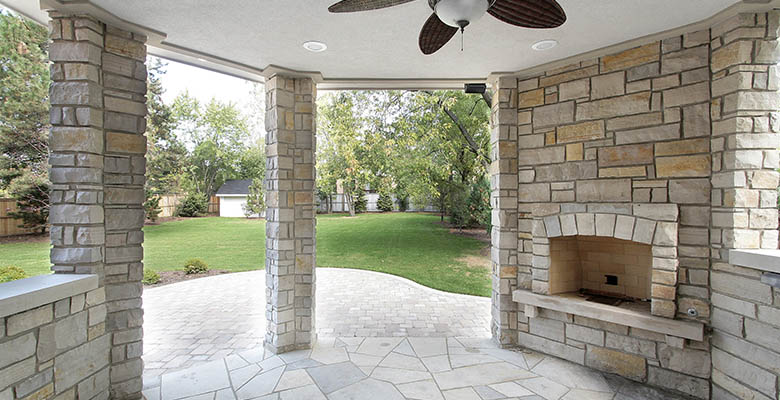Patios are made of one of the few prevalent materials when it comes to patio construction. The way your patio contractors handle the materials can have a significant impact on the overall look and feel of your outdoor patio. If you choose a competent masonry business, you can be certain that they have the necessary expertise. The alternative is that you might be putting yourself in a lot of danger.
The most significant consideration in deciding on patio materials is the homeowner’s own sense of style and taste. The materials availability, size of the patio, or patio covers like pergolos do, by professional pergolas contractors and location are all important factors to keep in mind while designing your outdoor patio.
As a result, you should also verify your local construction regulations. To avoid delays, downtime, and a probable loss of money, you need to know these things in advance.
Different patio materials to choose from
Choosing a patio material can be overwhelming, especially for those homeowners who have not built a patio before. If this is something that you can relate to, don’t worry. We understand that you may be having a hard time deciding on the proper patio materials! That is why we’re here to assist you.
Concrete
Concrete is one of the most flexible and adaptable materials on the market. Concrete is a popular patio material since it has been around for a long time. A mixture of gravel, water, cement, and sand is used to create it. In addition to brick, concrete provides a variety of additional alternatives.
It’s easy to mold concrete, and it’ll take on whatever shape you give it if you utilize excellent forms. As a result of these advantages, concrete is also extremely easy to maintain and extremely long-lasting. Stamped, smoothed, scored, painted, brushed, and colored concrete will be the overall finish.
Flagstone
Homeowners also like to use flagstone as a flooring material. It is available in a broad range of stone combinations and hues, depending on where you live and the quarries from where it was extracted. Large slabs of flagstone are typically 1 to 3 inches thick and have an uneven form that may be recognized.
When wet, this material provides excellent grip because of its roughened surface. Limestone, bluestone, and quartzite are some of the most frequent flagstones.
Flagstones are at least 1 and a half inches thick when it comes to patio flooring. A layer of sand or soil is put beneath these large slabs. The use of wet mortar or concrete prevents the danger of cracking when using thinner slabs.
Bricks
Considered an eternal choice, bricks are a popular building material. A brick kiln is used to bake a variety of materials in a clay mixture. Their strength and durability are unmatched, and they typically serve their intended purpose for decades. Brick patios have a traditional and clean appearance that works well with a wide variety of architectural types and outdoor settings.
Indeed, most patios use brick and other materials such as concrete to add some variety to the space.
Because of this, bricks may be used in both rustic and formal environments. The herringbone pattern is the most common brick design. Look at all of these patterns and pick the one that best fits your style.
Conclusion
The three materials listed above are the most often used in patio buildings. Your local pergolas builder Long Island will recommend one of the above three options because of their greater availability and price. High-end luxury alternatives are available as well. For the ordinary homeowner, these solutions work just well. Using one of them is a safe bet because they are so widely accepted. LaGrass





